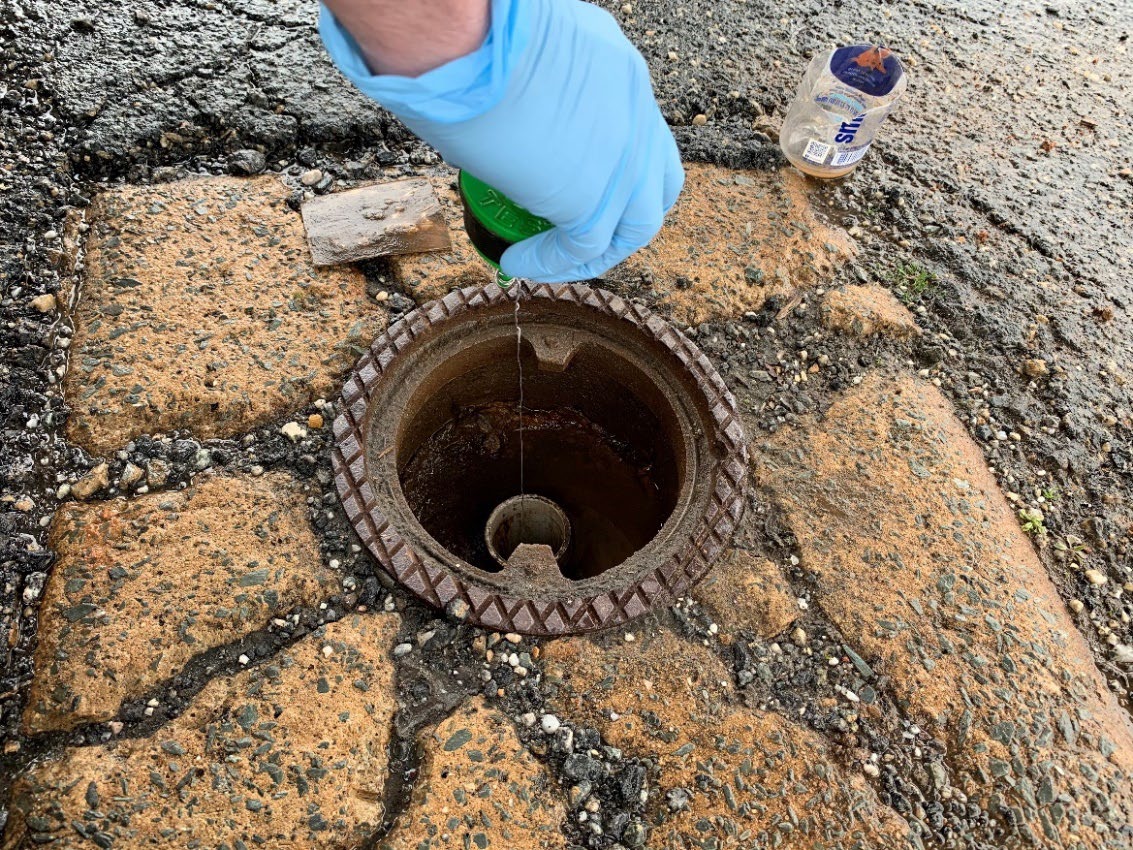A new field monitoring approach in the form of metallic capsules is developed to evaluate Benzene and PCE diffusion through concrete pipe gaskets. The capsules are developed and tested with three gasket materials: Neoprene, Buna-N, and Viton. To validate the monitoring approach and develop field retrieval protocol, capsules were deployed in three contaminated sites: (i) Nash county maintenance depot in Nashville, NC (gasoline contaminated site), (ii) A maintenance facility yard in Newton, NC (gasoline contaminated site), and (iii) Triangle Laundromat in Durham, NC (chlorinated solvent contaminated site, PCE). The tensile strength of gasket materials, integrated with the deployed field capsules, is evaluated with time. In addition to testing under field conditions, tensile strength testing is also performed under controlled conditions in the laboratory to establish material degradation model. Computational modeling is used to simulate the site conditions of the installed capsules considering test sites’ hydraulic gradient, soil properties and plume concentration and the influence of such parameters on the rate of breakthrough within the installed capsules. The hydraulic parameters of gaskets were calibrated using field measurements and data from a series of experimental studies under controlled condition.

Results indicated nonlinear power relationship for the mass breakthrough of benzene and PCE with time. Compared to chlorinated solvent, benzene has higher diffusivity among gasket materials (Neoprene, Buna-N, Viton). Viton showed the highest resistance to the diffusion of benzene and PCE. Viton and Neoprene showed the lowest and highest tensile strength degradation, respectively, once exposed to gasoline or chlorinated solvent contamination. Based on modeling results, benzene concentration breaking through the Neoprene and Buna-N will reach more than 70% and 60% of the monitoring well concentration, respectively, after 4 months. Benzene breakthrough reaches 85% to 90% of monitoring well concentration after 6 months. Results from the experimental and modeling studies are synthesized and a protocol is proposed for installing/retrieval of capsules to monitor PCE and benzene breakthrough rates into pipe materials.
